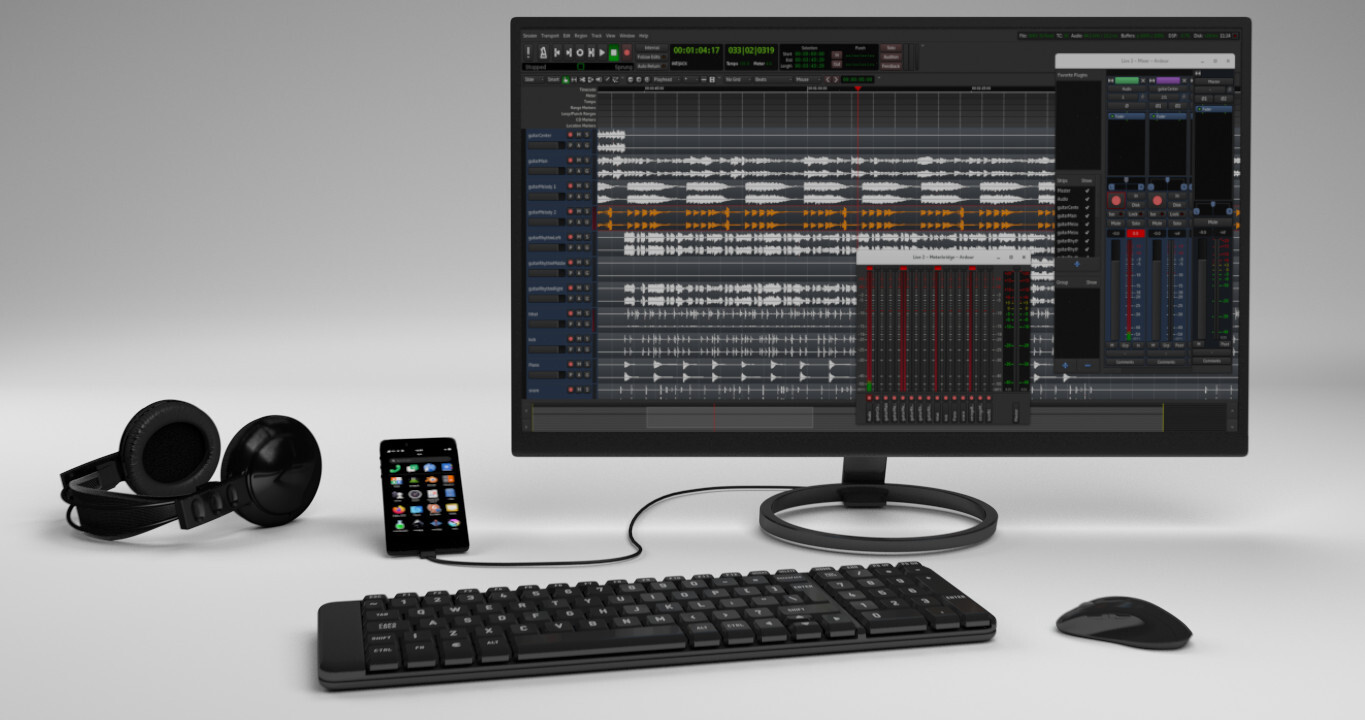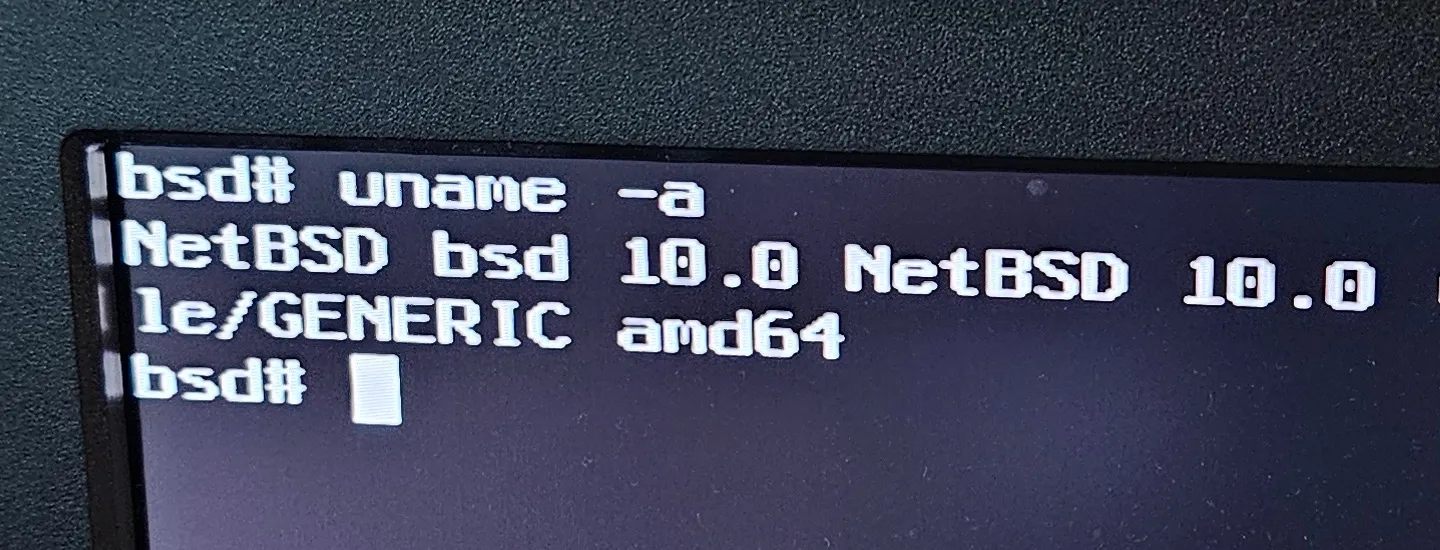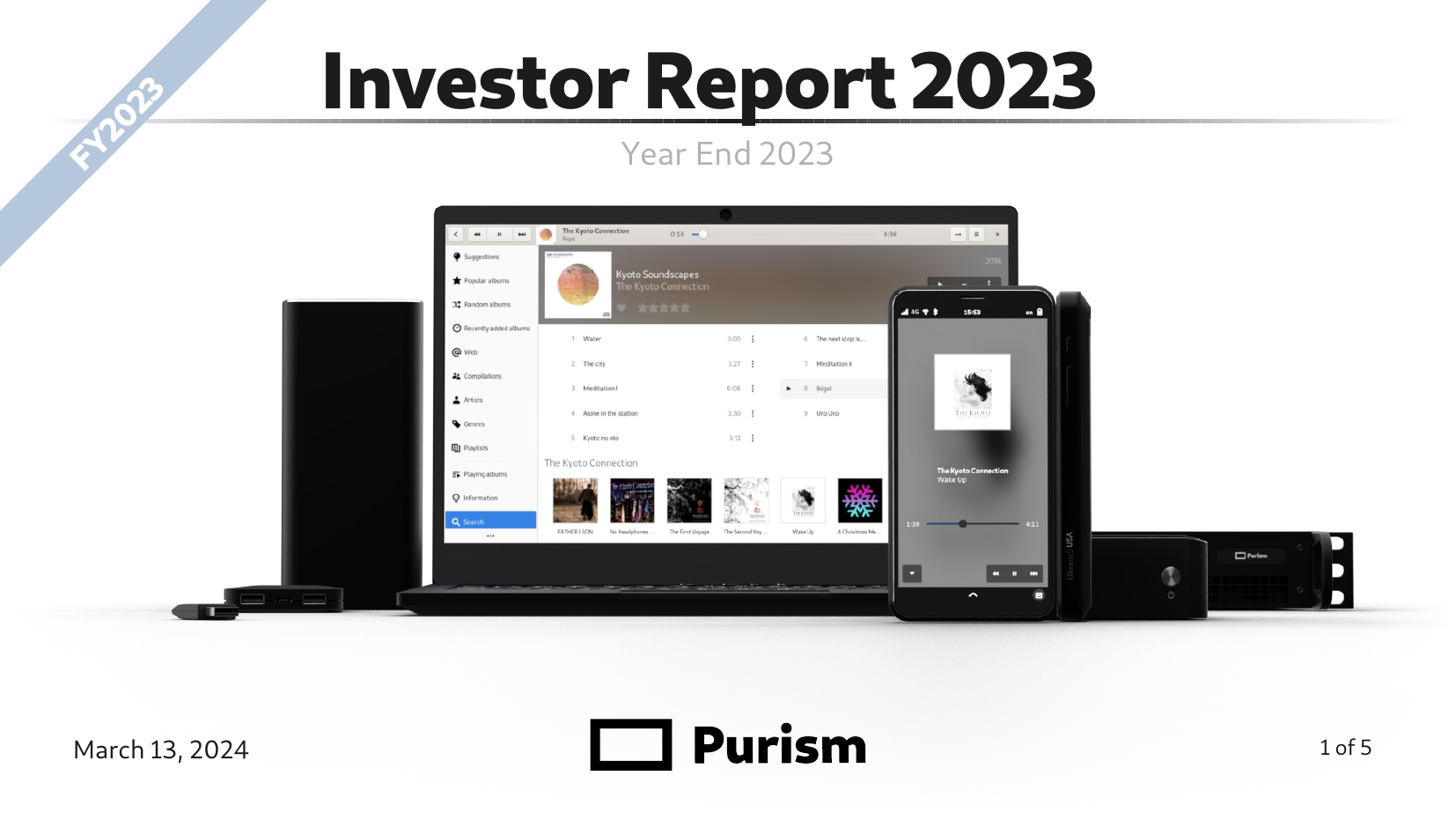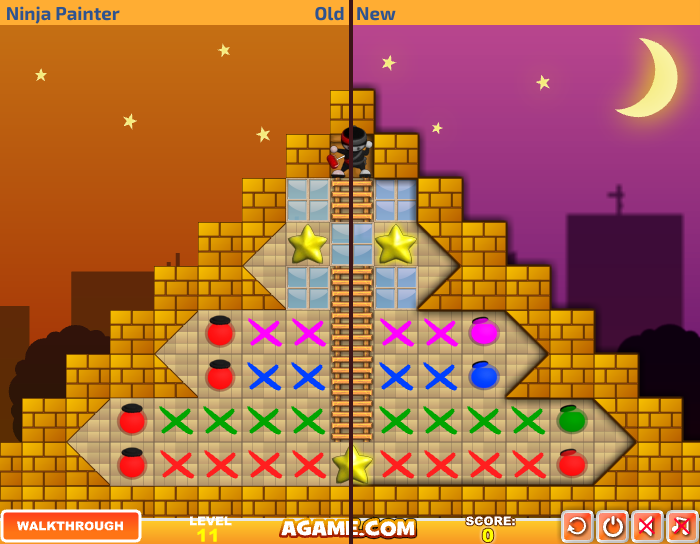- 45 Posts
- 113 Comments

 1·16 days ago
1·16 days agoseems fairly simple , some form of XML? that gives you a schema that can be used to check the file and a rich software ecosystem of writers and parsers. Speaking of consensus based standards its also a standard way to store data.
I would not worry too much about encryption, i use gocryptfs which gives me a encrypted folder where i store my notes in org-mode (there is also gui software for this). the encrypted notes could be some encrypted folder and some sort of standardized encryption (or maybe the encryption type specified in the metadata?)

 5·16 days ago
5·16 days agoGrowth have been fairly organic . number of contributors grew by 28 percent this year. there are a lot of users so given that a percent of them will do some form of advocacy that will probably lead to more users and there will be a relatively large amount of people saying they adopted it.

 1·20 days ago
1·20 days agothe extension could cease to exist, but you can absolutely still access your notes with any text editor decades from now. I still don’t get where the “non-future proof” here. Can’t really be more future proof than a simple text file.
Yeah but his kinda turns into a “programmers user interface” that will drastically reduce the usability. As time go by they could add more and more extensions that could make using it in a text editor harder to and harder (my cognitive bandwidth could be used for better things then monitoring that situation).
Arguably, open document format, although standardized, are harder to open and manage because it’s far more complex than a text file that ends with .md.
It does a lot more then .md . The structure of incentives will make it usable for a very long time if not forever (there is a lot of content in it, and having it standardized means organisations are more likely to use it). it has also passed the test of time by existing for 19 years. foam is less then 4 years old as far as i can tell.

 1·20 days ago
1·20 days agoHave you checked out awesome lemmy? you might want to improve an existing project.

 1·21 days ago
1·21 days agoYeah but as far as i can tell it still has extensions (see this) , there is no process including RFC where a standard is ratified like ISO/ECMA does for stuff like HTML/javascript/C++ or the open document format. i have some stuff that is more then a decade old that really don’t want to lose.

 1·22 days ago
1·22 days agoI suggest you to use something like a git repository + vscode + foam (https://github.com/foambubble/foam).
It’s not that future proof, it is using non standard extensions to markdown from what i can tell, so other software would not work with it . The most future proof alternative is creating some standard that is the result of a consensus among multiple implementations (maybe by enhancing common mark? but that seems like the wrong place).

 261·24 days ago
261·24 days agogood is the enemy of excellent. X11 works for most users (almost all the users?) well. You can see that with the adoptions of other standards like the C++ standards and IPV6 which can feel like forever.
Another thing I think one of the X11 maintainers mentioned iirc is that they have been fairly gentle with deprecation. some commercial company could have deprecated X11 and left you with a wayland session that is inferior in some ways.

 13·24 days ago
13·24 days agowhat worries me about all these note taking apps is are they are future proof? (it’s why i use libreoffice and org-mode), I am worried a project will get abandoned and then all the knowledge i inputted (which is years of work) could be hard to migrate.
Maybe all those note taking apps should develop a standard to import and export to?

 41·1 month ago
41·1 month agogithub (actually open source, under MIT license).
It’s sad to see a project getting downvoted despite people here not really knowing anything about it’s creators because of their nationality , donation to lemmy are at an all time low . r/RedditAlternatives already has two posts complaining about lemmy userbase. I hope lemmy will improve because right now it seems like it is moving toward a slow death.

 14·1 month ago
14·1 month agoThe score seems very similar to that of the US average life satisfaction score of 6.72. I assume the survey was done in the US.
This seems like a classic case of Confounding . The happier scores seem to be from people that have more money (ios, macos ,pop os) , and people that have technical skills (slackware, gentoo , mobile linux) which are probably more educated and earn more money which iirc according to research correlates with being more happy. Arch users might have higher screen time which might cause lower levels of happiness. slackware might have older users which iirc according to research are happier.
Of course this is not a scientific study , it hasn’t been peer reviewed and this could all be statistical noise.
I think the best way to make linux users happier is have by default in the distro a course on being happier, i can’t find the link but iirc the course on coursera increased the score by 1 point (so probably somewhere around from 6.7/10 to 7.7/10), I spent a while learning about this stuff and experienced a similar jump (Although i don’t know if i will keep it if there will be some strong negative event).
I played it for a while i could not save games against the computer so i could play them later.
Snap packages are better sandboxed (on Ubuntu) than Flatpak or any other system packages.
Source?
System packages already use apparmor, i don’t see a reason they could not be as sandboxed as snap, and i am not aware of a reason that flatpak has a worst sandbox.

 2·2 months ago
2·2 months agoI don’t know how many people care about it, but i like github “sort by thumbs up” functionality (see example) . it’s a simple indicator of what is more or less valued by the community.

 132·2 months ago
132·2 months agoit’s not that transparent , for example if i am considering funding signal , i can look at the 990 form , see the top salaries, the amount spent on salaries, the number of employees and calculate the average salary. I don’t mind it if the shareholders make a 10-20 percent return but i don’t want to to be a 90 percent return (which basically no public company has, from what i have seen in tech companies it is somewhere around 10-30 percent).

 2·2 months ago
2·2 months agoits a platform for funding, its got other features besides bounties (like a paywall for content like patreon), its for open source developers but might fit other creators.

 6·2 months ago
6·2 months agopolar (it’s open source)

 1·2 months ago
1·2 months agoWhats interesting is that both income , profits and the stock have been growing well for years, maybe they are just monetizing more aggressively because they can’t compete on product quality (unlike other markets that are still evolving, AI and Cloud). not a ton of stuff to improve in operation systems it seems.

 101·2 months ago
101·2 months ago/r/relationship_advice is leaking.

 6·3 months ago
6·3 months agoSo it will have good mainline linux support?













gocryptfs is very fast for me. i have a file with about 5600 lines and i detect no difference when opening it under encryption and not under encryption. but in gocryptfs each file is encrypted separately . so you could get some information about the directory structure. but the name of the files and folders is encrypted (“archive” for example turns into something like “AaL6P86WWMnqQkMYnsRBXg”).